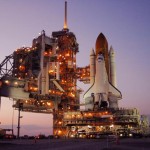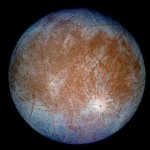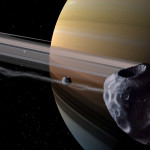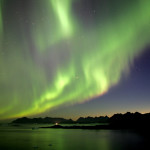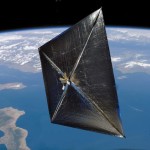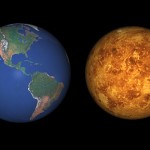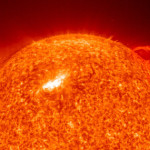A remote planet reflects less than 1 percent of its star’s light, making it much darker than coal or even black acrylic paint. Some 750 light-years away, astronomers have found the darkest planet ever observed — darker even than coal – but scientists can’t explain why this is so.
Category Archive: Space
How do Jetpacks Work in Space
Space jetpacks exist, though they don’t work quite as you’d see in the movies. So when, on 12 February 1984, the astronaut Bruce McCandless went free-flying 40 metres (131 feet) away from the Orbiter – farther than anyone had ever been from the safety of their ship – it was a considerable achievement.
Shepherd Moons of Saturn
Saturn’s rings might have disappeared a long time ago without these celestial bodies… Without them Saturn would be just another gas giant, but the Saturnian system’s rings have been a thing of wonder since Galileo first spotted a pair of fuzzy ‘ears’ around our solar system’s second largest planet some 400 years ago.
What is the Weather Like in Outer Space
Had NASA decided to launch an extra mission between Apollo 16 and 17, its astronauts would’ve been killed by an acute overdose of radiation caused by a solar radiation storm courtesy of a solar flare. In extreme circumstances, you wouldn’t even have to be in space to suffer the consequences of increased energetic particle activity …
How do Solar Sails Work
A cosmic kite blown by photons is our greatest hope for interstellar travel. When the Space Shuttle fuels up for a short commute to the International Space Station, 95 per cent of its weight is in the gas tank. The sheer weight of rocket fuel is one of the greatest obstacles to interstellar space travel.








